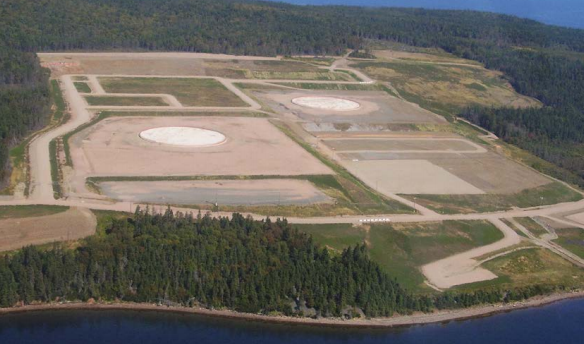Threats and sensitivities
LNGL is exposed to a number of risks. However, its exposure to commodity price changes is minimal. The company should have no direct exposure to commodity risk, while operating costs movements should be largely mitigated by tolling fees.
Regulation and market risk: the Gladstone project progressed well until the March 2010 acquisition of Arrow Energy by Shell removed the gas source for the project, despite the project being at a late stage. No such obstacle is anticipated for the current projects, although postponement/cancellation is possible for any project.
Financing risks: LNGL needs to secure the funding for the development of the projects. For the 8mtpa Magnolia project, this is US$4.4bn (gross excluding other costs, $5bn including other costs). Of this, we assume 30% should be funded by equity (from Stonepeak), with the rest funded through debt. Without this funding, the Magnolia project’s (and hence LNGL’s) value could be uneconomic or severely compromised. The Magnolia project’s expansion towards 8mtpa means that more equity financing will be required. If it does not come from Stonepeak, financing will have to be found elsewhere. However, the involvement of BNP Paribas as debt co-ordinator encourages us regarding the potential funding at this stage.
Technological risk: the OSMR process has received the technological approval of KBR and SK E&C and has the tacit confidence of a range of companies. The contract with contractors should provide performance liquidated damages for capacity should the technology not deliver the modelled efficiencies. The tolling term sheets also require that Magnolia provides minimum production – if this is not done, the plant could suffer financial penalties.
Cost escalation risk: cost escalation risk is well mitigated. LNGL is seeking turnkey contracts for the construction of the plants, leading to a fixed cost. Should the final quoted cost (at FID) be higher than our current estimates, the equity committed from Stonepeak could increase, while we expect that the debt facility could also expand proportionately. This could lead to LNGL retaining a lower stake, but should not present an existential risk to the project.
Protection risk: LNGL has gained patent protection for its combination of technologies in 16 countries including the US, Canada and Australia (countries where its projects are currently located).
Partner risk: the success of the LNGL projects is reliant on many parties, whether that is (for Magnolia) providing equity finance (Stonepeak), arranging debt finance (BNP Paribas), signing binding tolling agreements (Meridian so far), constructing the plants (KBR and SK E&C) and transporting the gas (Kinder Morgan).The agreement with Meridian (a liquefaction tolling agreement over 20 years with firm annual capacity of at least 1.7mtpa) is valid until December 2016; we hope that this is extended again.
Tax risks: Magnolia is subject to federal and state taxes of 38%, with a 2% land tax (2% of asset value, with a five-year tax break extendable for a second five-year period). For Bear Head, we apply the 38% corporate tax rate and a 16% Nova Scotia state tax. We have not modelled any other taxes or tax breaks. See the valuation sensitivities section for the effect of additional taxes, which cannot be ruled out.
LNG pricing risks: our base case assumption is that all LNG is sold to FTA-approved countries. However, Magnolia is widely expected to gain approval to sell to non-FTA countries, in which case it may be entitled to additional tolling fees above and beyond the current arrangements. We note the DoE has determined that exports of up to 20bcf/d are in the public interest. Current export quantities are 15bcf/d and MLNG (of 1.1bcf/d) could well be the next project to receive non-FTA approval, so should be well within the threshold.



































